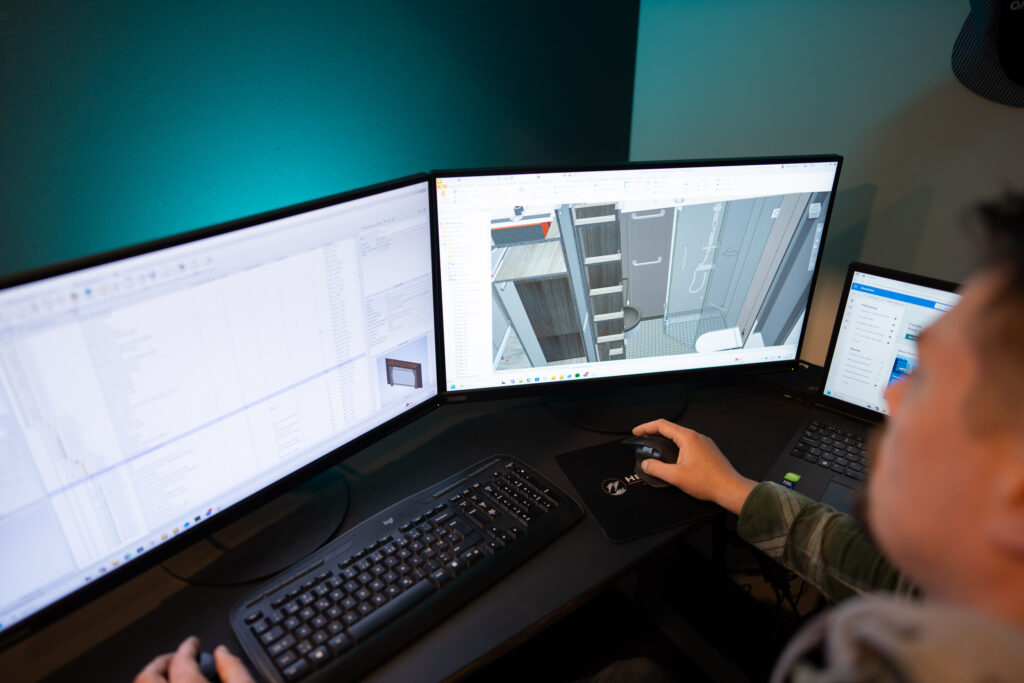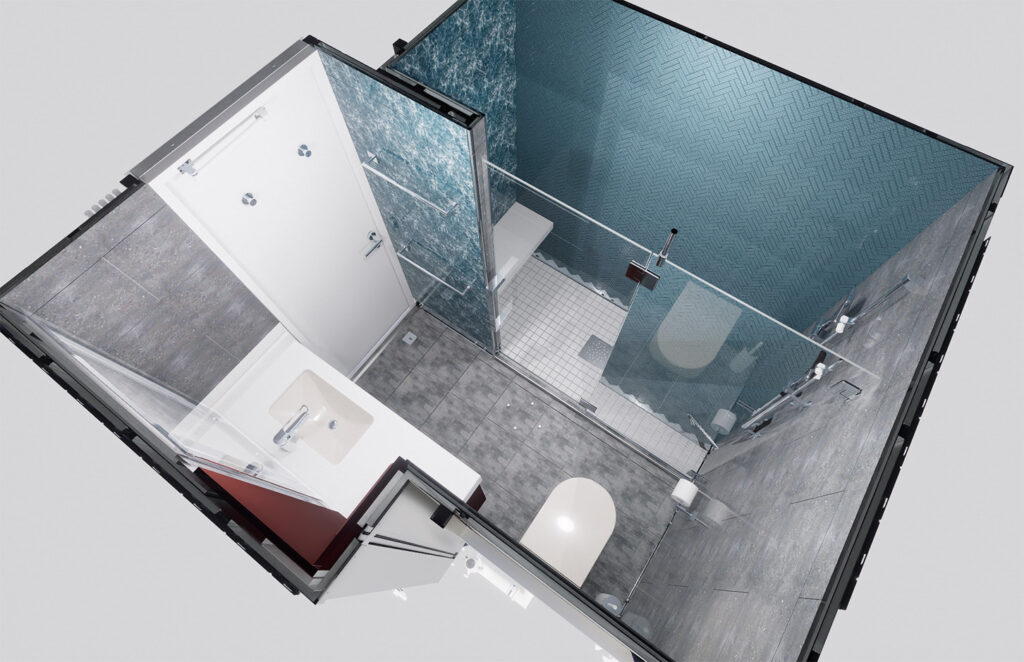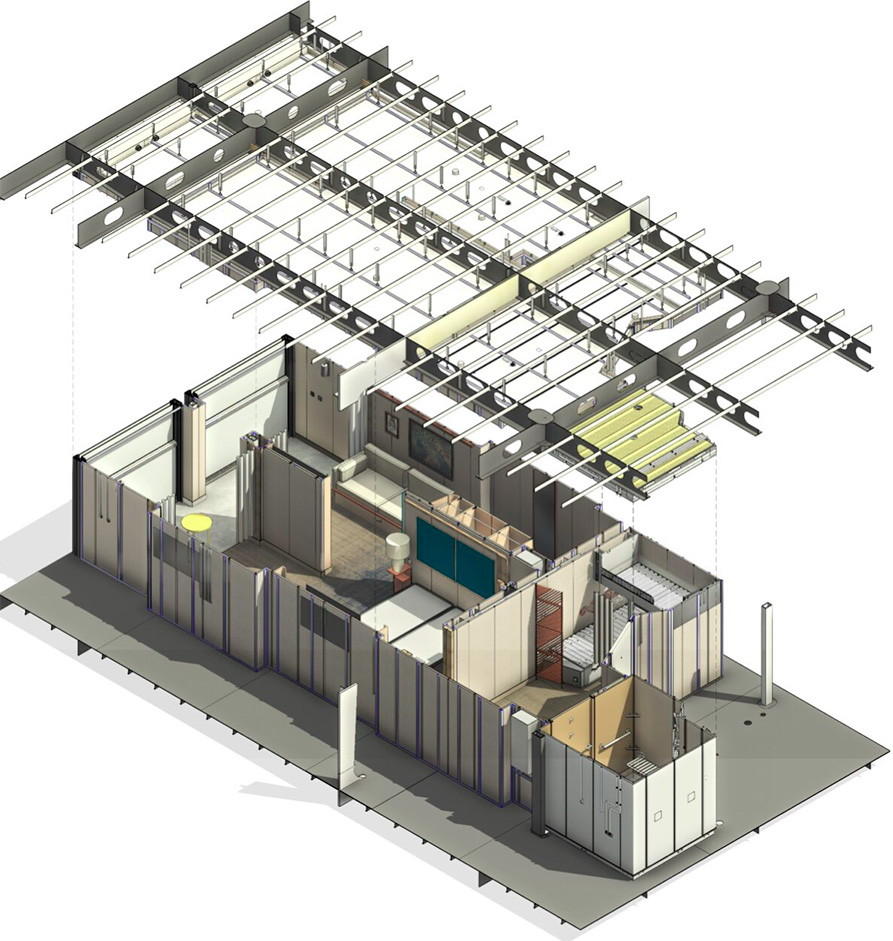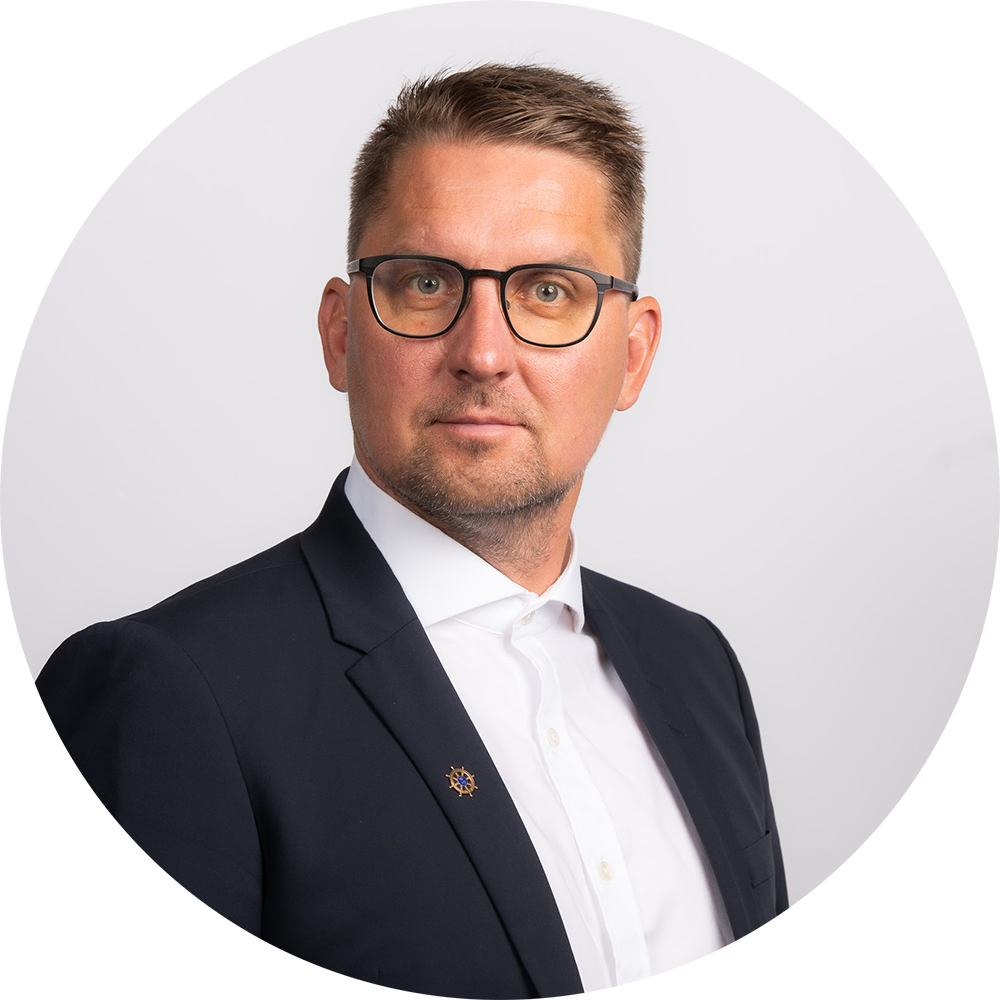Our Approach
At Hermann’s, our passion lies in understanding, interpreting, and implementing our customers’ needs into high-quality design solutions. To achieve this, we combine deep knowledge of materials, smart production methods, and a practical understanding of real-world constraints. We thrive on challenges – they inspire us to innovate using cutting-edge technologies, collective intelligence, and out-of-the-box thinking.


Engineering & Product Design
Hermann’s holds specialized expertise in interior design for the marine industry. We understand the sector’s unique requirements and integrate them into every aspect of our work. No project is too demanding – we deliver comprehensive design packages efficiently and on time.
Our in-house design team brings together professionals with diverse hands-on experience, ensuring that all plans are practical and executable in real-world conditions. This expertise enables us to transform ideas into fully realized solutions that meet high industry standards.
Product Lifecycle Management (PLM)
Our design philosophy embraces the entire product lifecycle, which includes communication, management, and collaboration. These stages are interconnected and support a continuous flow of information between people and systems.
We manage product definition data with care, including engineering changes, component status, configuration variations, documentation, project scheduling, and risk assessments. Over time, we have developed a unique system for storing and managing this critical data securely and efficiently—safeguarding the integrity of our customers’ information.
Visualization
By visualizing complex data in intuitive, human-centered ways, we help customers better understand their projects. This approach allows more energy to be focused on creation and innovation—because while machines process data, people bring it to life.
One of our specialties is product visualization, which includes technologies such as DMU (digital mock-up), immersive virtual digital twin (virtual reality) as well as photorealistic imaging and real time rendering.

Analysis & Simulation
Project Simulation (4D & 5D)
Hermann’s offers a comprehensive project simulation solution to support coordination, analysis, and effective decision-making. By using ex ante evaluations, we ensure project timelines are optimized, risks are reduced, and costs are controlled.
Simulations show possible outcomes based on various decisions and input variables. This allows teams to select the most efficient and feasible project plan before implementation begins.
Finite element analysis (FEA)
FEA is a powerful tool we use to predict how products will respond to real-world forces such as heat, vibration, and stress. By dividing an object into thousands of small finite elements, we analyze each one’s behavior using mathematical models. The results help predict whether the design will hold up under pressure—long before it reaches production.

Information Modeling (BIM & Virtual Twin)
Building Information Modeling (BIM) is a holistic process we use to create and manage digital representations of assets throughout their lifecycle. Enabled by cloud-based platforms, BIM integrates multi-disciplinary data for seamless collaboration across planning, engineering, construction, and operation.
Our teams use BIM to ensure that every design decision is informed and up to date. Changes made to the model automatically update all related documentation, improving accuracy and coordination across every phase of a project.
it’s all about attitude – strive for the impossible, dare to demand, and prepare to get it
Let’s make it real
From plan to production – we are here to help! Don’t hesitate to contact us. We are happy to answer any questions you may have.
Mr. KARO KYMÄLÄINEN
Sales manager
karo.kymalainen@hermanns.fi
+358 44 970 4530

